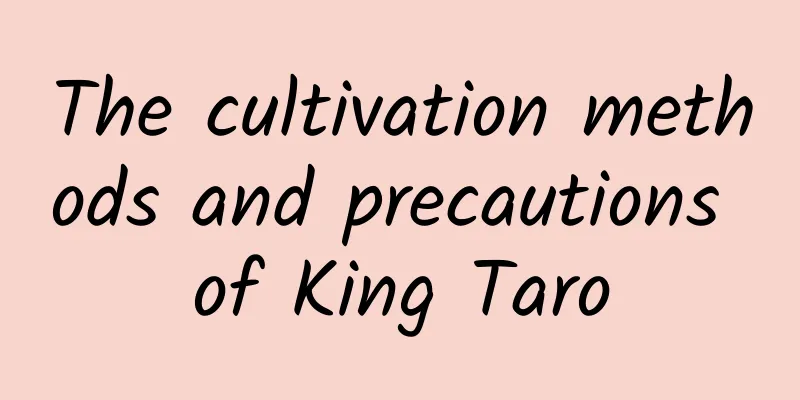Passion fruit pests and control methods

Passionflower Pests: AphidssymptomAphids are the fastest reproducing insects, and can reproduce 10 to 30 generations a year. Female aphids can reproduce from birth and do not need males to reproduce. Aphids use their mouth needles with sucking mouths to pierce the epidermis of plants and suck the juice from the tender leaves of the plants, causing the plants to grow slowly. The secretions of aphids also attract ants. Prevention and treatment methodsWhen breeding, pay attention to regular ventilation and light transmission to prevent aphid infestation. If the number is small, kill them manually and spray them with 1500 times diluted 80% DDT emulsion in the initial stage. If diseased plants are found, they need to be removed and destroyed in a timely manner to prevent the pests from spreading further. Passion fruit pests: Red spider mitessymptomRed spider mites are relatively small and not easy to be found. They are reddish brown or orange in color. Once found, the damage they have caused is often already quite serious. Red spider mites use their mouthparts to absorb nutrients from leaves, causing an imbalance in the plant's water metabolism and affecting its normal growth and development. Red spider mites generally reproduce in an environment with higher temperature and lower humidity, and a single spider will do little harm to plants. Prevention and treatment methodsIdeal prevention and control effects can be achieved by spraying 1000-1500 times diluted 40% dicofol emulsifiable concentrate, 2000 times diluted 20% acarb wettable powder, 2000 times diluted 15% cypermethrin emulsifiable concentrate, or 6000-8000 times diluted 1.8% cypermethrin emulsifiable concentrate. Passion fruit pests: coffee borersymptomThe larvae of the coffee wood borer will damage the trunks and branches, causing the parts above the damaged area to turn yellow and die, or be easily broken by strong winds, seriously affecting the growth and yield of the plants. Prevention and treatment methodsRegular inspections should be carried out. When insect feces are found at the entrance of the column and below it, 100 times the concentration of DDT or omethoate should be injected with a syringe in time, and then the entrance should be sealed with cotton and sticky yellow mud to kill the pests. |
<<: Common Pests of Tiger Flower and Their Control Methods
>>: Pests of Dichondra chinensis and their control
Recommend
The flower language and meaning of hibiscus chrysanthemum, what are the taboos of giving it as a gift
1. Flower language and meaning Hibiscus is a flow...
How to grow single chrysanthemum well
1. Maintenance methods 1. Temperature: Its habits...
How to water the copper coin grass
Watering tips for copper coin grass The pennywort...
How do orchids take root (introduction to root growth conditions)
1. Planting material When growing orchids, it is ...
Why are there white leaves on asparagus fern
1. Causes 1. It cannot be maintained in a closed,...
How to prune juniper bonsai
Pruning methods Juniper is the most suitable mate...
Sunflower Sclerotinia Control Methods
Sunflower Sclerotinia Types Sclerotinia disease i...
Throw an egg into the pot, the leaves will be green enough to drip oil, and 100 flowers will bloom!
Decomposed egg white as flower fertilizer Egg whi...
When to transplant jasmine
In fact, jasmine has a very tenacious vitality. I...
What to do if the Gesang flowers are too dense
Gesang flowers are too dense If the Gesang flower...
What is the best soil for growing Clivia? How to configure the best soil for potted Clivia?
What kind of soil does Clivia like? Clivia partic...
Common Pests in the Glass Palace and Their Control Methods
Common pests in Liuli Palace: whiteflies The dama...
Is Desert Rose suitable for deep or shallow pots?
Desert Rose Use Deep or Shallow Pot Desert roses ...
How to grow aloe vera quickly
1. Suitable soil If you want the plants to grow f...
Planting methods and management techniques of Sichuan pepper
With its unique aroma and numbing taste, Sichuan ...









